This is one of a series of posts written in celebration of Women's History Month, and profiling additions of new images of female scientists to the "Women in Science" set on the Smithsonian Flickr Commons. We invite you to subscribe to The Bigger Picture blog to keep up with new posts, and to help us identify some of the unidientified scientists in our "Women in Science" set.
Most people assume that the only real trophy for researchers is the Nobel Prize. That accolade does bring fame and media attention but there are hundreds of other prestigious prizes, for every discipline, many honoring public service as well as science-related professional achievement.
Among the women whose images appear in the “Women in Science” set on the Flickr Commons in celebration of Women’s History Month, are winners of an award that exists because of another accomplished woman—a person who dedicated her life, and wealth, to public service.
Advertising titan Albert Davis Lasker and his wife Mary Woodard Lasker were already involved in philanthropic activities relating to public health when they established the Lasker Foundation in 1942. Convinced of the need for more cancer research and public education, the Laskers used their skills and business networks to remodel the American Society for the Control of Cancer into the American Cancer Society, applying modern public relations techniques to health information campaigns and fund-raising.
Establishing annual awards for achievement in research, public service, and communication matched this approach. By recognizing deserving recipients, the Lasker Foundation dramatized the importance of all medical research. The Lasker award even replicated the “Winged Victory of Samothrace,” a Greek statue symbolizing victory over death and disease.
From 1949 through 1969, the foundation specifically recognized medical journalism, via print and, eventually, television. In 1948, New York Times writer Catherine MacKenzie was a co-recipient for her contributions to adult education. Her witty, well-informed Parent and Child column (1939–1949) was a much beloved source of sensible parenting advice, but MacKenzie also cared about the social impact of popular mass media. Comic books, horror movies, and even Superman had a place, she wrote, in childhood fantasies and role models. Writer Lois Mattox Miller won her Lasker award in 1958 for another controversial topic: a Reader’s Digest series investigating the effectiveness of cigarette filters in removing tar and nicotine.
Behind every award were hundreds of unsuccessful applications and unrecognized accomplishments. Watson Davis, managing editor for the news organization Science Service, worked hard to persuade medical writer Jane Stafford to keep entering the competition every year, reflecting his belief in the importance of “consistent day-in and day-out reporting” of medical progress.
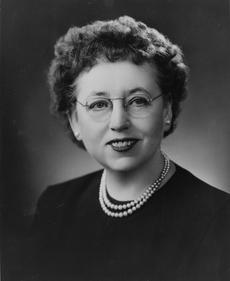 Three other women shown in the new additions to the “Women in Science” set received Lasker awards for public service. Mildred Clare Scoville was recognized as a leader in psychiatric social work and for promoting integration of mental health concepts within medical education. US Public Health Service administrator Pearl McIver was lauded for her work promoting and improving graduate education for nurses, and developing work-relief programs for over five thousand nurses during the Great Depression. Marion Winifred Sheahan, honored with a special Lasker Award from the American Public Health Association (APHA) for work to eliminate racial discrimination against military nurses, later became the first nurse to serve as president of APHA. In 1986, Sheahan received the Pearl McIver Public Health Nurse Award from the American Nurses Association.
Three other women shown in the new additions to the “Women in Science” set received Lasker awards for public service. Mildred Clare Scoville was recognized as a leader in psychiatric social work and for promoting integration of mental health concepts within medical education. US Public Health Service administrator Pearl McIver was lauded for her work promoting and improving graduate education for nurses, and developing work-relief programs for over five thousand nurses during the Great Depression. Marion Winifred Sheahan, honored with a special Lasker Award from the American Public Health Association (APHA) for work to eliminate racial discrimination against military nurses, later became the first nurse to serve as president of APHA. In 1986, Sheahan received the Pearl McIver Public Health Nurse Award from the American Nurses Association.
Gold medals and statuettes attract media coverage, of course, but for any researcher, in any field, the real return comes not from prizes or perks but from the work itself. Nobel laureate Gerty Theresa Radnitz Cori expressed it well on the Edward R. Murrow radio series, This I Believe: “As a research worker, the unforgotten moments of my life are those rare ones which come after years of plodding work, when the veil over nature’s secret seems suddenly to lift and when what was dark and chaotic appears in a clear and beautiful light and pattern.”
There are prizes . . . and there are rewards.
Historian Marcel Chotkowski LaFollette is a Research Associate at the Smithsonian Institution Archives, and author of "Science on the Air: Popularizers and Personalities on Radio and Television." Her latest book, "Science on American Television: A History," will be published by the University of Chicago Press in Fall 2012.
Produced by the Smithsonian Institution Archives. For copyright questions, please see the Terms of Use.

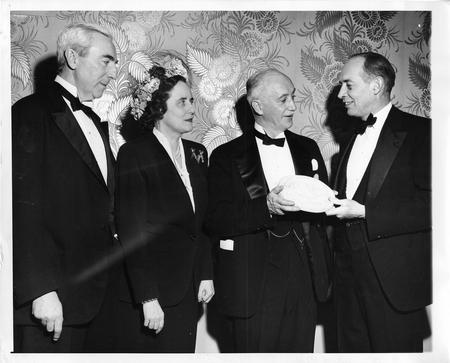

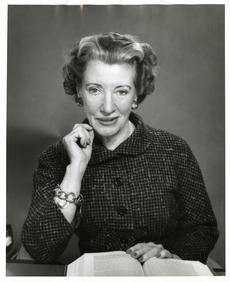
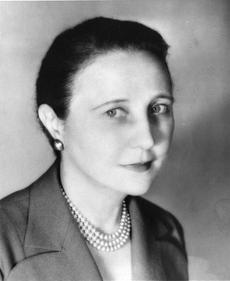
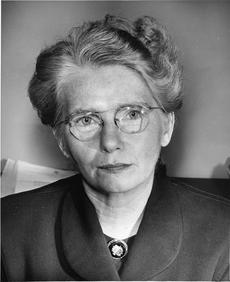
Leave a Comment